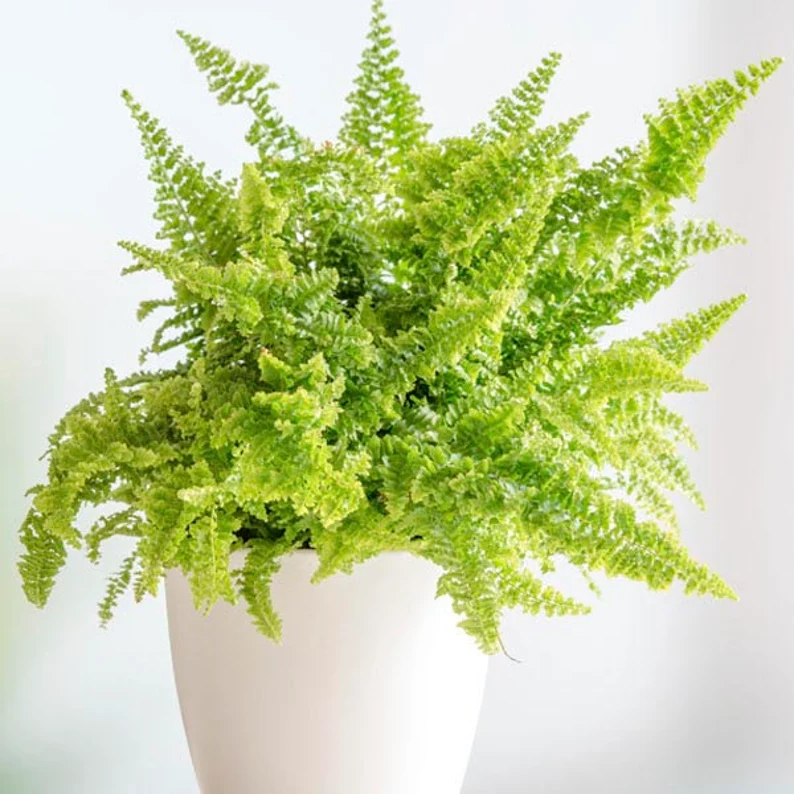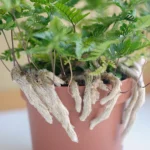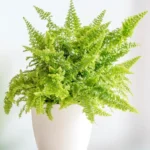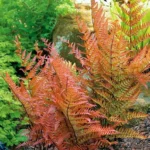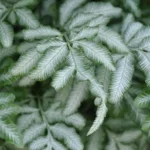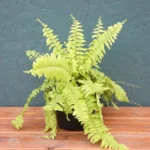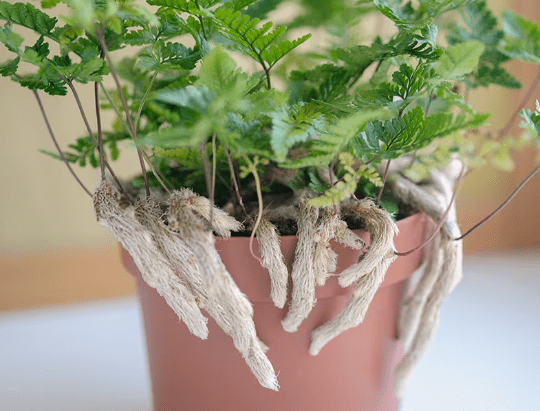Ferns are vascular plants in the Pteridophyte family. Ferns are unique because they reproduce by spores, which are tiny, unicellular reproductive units. This is different from most plants, which reproduce by seed.
Ferns have a variety of shapes and sizes, ranging from small, delicate plants to large, tree-like species. They have simple, compound leaves and grow from a creeping stem called a rhizome. Ferns can be found in a variety of habitats, including woodlands, rainforests, grasslands, and wetlands.
Ferns are an important part of the ecology, providing food and shelter for many animals, as well as playing a key role in the nitrogen cycle. This cycle is an important part of the global carbon cycle and helps to regulate the amount of carbon dioxide in the atmosphere, which is essential for the Earth’s climate.
Ferns are also popular plants to keep in the home. They are relatively easy to care for and require minimal maintenance. They are also a great way to add a touch of greenery to any room in the house.
Care Guide
Caring for ferns can be a rewarding experience, as these plants can add a touch of elegance and lushness to any indoor or outdoor space. Here’s a step-by-step care guide to help you keep your ferns healthy and thriving:
- Choosing the right fern: There are various fern species available, so choose one that suits your growing conditions. Common indoor ferns include Boston ferns, maidenhair ferns, and bird’s nest ferns.
- Light requirements: Most ferns prefer indirect or filtered light, as direct sunlight can scorch their delicate fronds. Place your fern in a location that receives bright, indirect light, such as near a north or east-facing window.
- Temperature and humidity: Ferns thrive in moderate temperatures ranging from 60 to 75°F (15 to 24°C). They also prefer high humidity levels, typically between 40% and 60%. Consider using a humidifier or placing a tray of water near the fern to increase humidity.
- Watering: Ferns prefer consistently moist soil, but they don’t like to sit in waterlogged conditions. Water your fern when the top inch of soil feels slightly dry. Water thoroughly, allowing the excess water to drain out of the pot. Avoid letting the plant’s roots dry out completely or become waterlogged.
- Soil and potting: Ferns prefer a well-draining potting mix that retains moisture. You can create a suitable mix by combining equal parts peat moss, perlite, and potting soil. Choose a pot with drainage holes to prevent water from accumulating at the bottom.
- Fertilizing: Feed your fern with a balanced, water-soluble fertilizer once a month during the growing season (spring and summer). Dilute the fertilizer to half the recommended strength to avoid burning the plant. Reduce or stop fertilizing during the dormant winter months.
- Pruning: Remove any dead, yellowed, or damaged fronds to maintain the plant’s appearance and health. Trim the fronds back to the base of the plant using clean, sharp pruning shears. Be careful not to cut into the crown of the fern, as it can damage new growth.
- Repotting: As your fern grows, it may outgrow its pot. Repot the fern into a slightly larger container every 1-2 years during the spring. Gently remove the plant from its current pot, loosen the roots, and place it in the new pot with fresh potting mix.
- Pest control: Monitor your fern for common pests like aphids, mealybugs, and spider mites. If you notice any pests, isolate the affected plant and treat it with a suitable insecticidal soap or neem oil according to the product instructions.
- Seasonal care: Some ferns may go dormant or reduce their growth during winter. During this time, reduce watering and allow the top inch of soil to dry out slightly between waterings. Place the fern in a cooler location away from drafts and heating sources.


